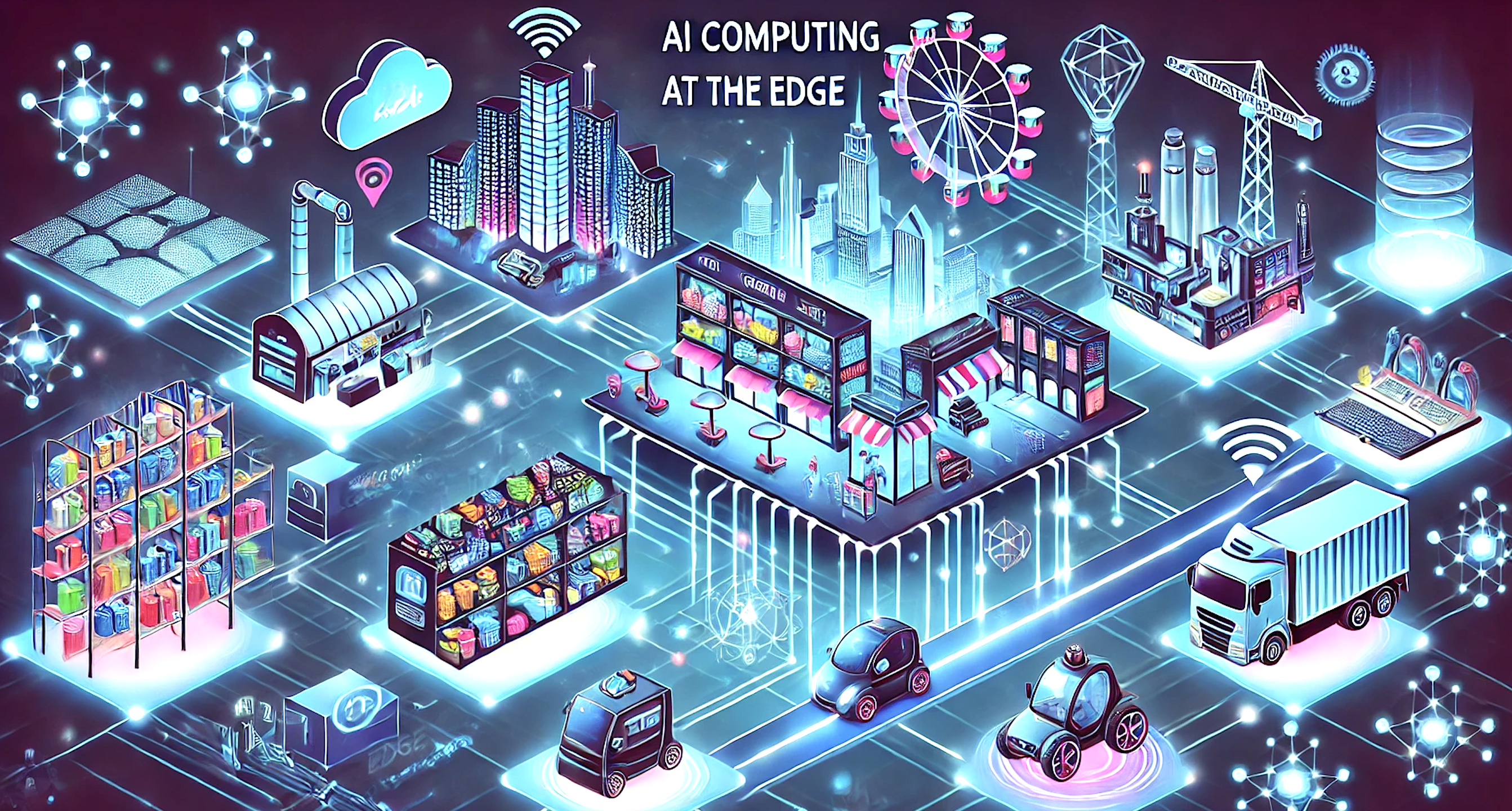Top 10 enterprise technology predictions: What’s coming in 2025

```html
2025: A Year of AI, Security, and Cloud Dominance - Top 10 Enterprise Tech Predictions
Tech Spending Predicted to Rise Amidst Economic Uncertainty
Despite lingering global uncertainties, enterprise IT spending is showing signs of recovery after a period of cautious investment. Decision-makers project a 5.3% growth in tech budgets for 2025, fueled by a renewed confidence in new IT projects and a generally business-friendly climate. While large enterprises remain somewhat cautious with expectations below 5%, small and medium-sized businesses are notably more optimistic, forecasting over 6% increases in their tech spend.
Interestingly, the C-suite and management layers are demonstrably more bullish on future tech initiatives compared to front-line practitioners. This divergence in outlook highlights a fascinating dynamic between strategic vision and operational pragmatism.
Cybersecurity Platforms Gain Traction Despite Tool Overload
Security takes center stage as the most discussed topic in 2025 predictions. While organizations grapple with the complexity of managing an overwhelming number of security tools, the allure of consolidated platforms continues to grow. The rising sophistication of cyber threats, combined with readily available advanced compute power for malicious actors, necessitates a more integrated and streamlined approach to security management.
Key players like Microsoft, Palo Alto Networks, Zscaler, Cloudflare, and rising stars such as Wiz are seizing this opportunity by building comprehensive "one-stop-shop" security platforms.
Agentic AI Faces Growing Pains Amidst Security Concerns
While the potential of agentic AI is undeniable, the predicted "aha moment" of widespread adoption is unlikely to materialize in 2025. Security and data privacy concerns remain major obstacles. While early adopters like Salesforce, ServiceNow, Palantir, and Workday showcase the power of agents, apprehension surrounding data governance and intellectual property protection hinders broader acceptance.
Until these crucial security and privacy issues are addressed, the transformative impact of agentic AI will remain limited to select pockets of success.
The On-Premises AI Narrative Emerges
The narrative around cloud repatriation is shifting. Instead of focusing on a full-scale return to on-premises infrastructure, the emphasis is moving towards deploying AI capabilities where the data resides – often on-premises. This evolution recognizes the significant cost advantages and data gravity that keep organizations tied to their own data centers.
With 58% of organizations in a recent survey planning to build on-prem AI capabilities, the focus is clearly on bringing the power of AI to the data, rather than moving the data to the AI.
Edge Computing and AI Inference Drive Revenue Growth
Edge computing is poised for significant growth in 2025, powered by the need for real-time data processing at the source. This trend is especially relevant for industries like robotics, manufacturing, autonomous vehicles, and retail, where low latency and rapid decision-making are crucial.
Edge computing is not meant to replace the cloud but to complement it, creating a synergistic relationship where edge devices process data locally, then feed insights back to centralized cloud or on-premises systems for further analysis and AI training.
Public Cloud Revenue to Eclipse $1 Trillion
The unstoppable growth of public cloud shows no sign of slowing down, with projected revenues exceeding $1 trillion in 2025. Despite minor price increases, companies continue to invest heavily in cloud services, driven by insatiable demand for compute resources, particularly for AI and data-intensive workloads.
This sustained growth confirms a strong commitment to cloud infrastructure, solidifying its dominance as the foundation for modern enterprise IT.
AI Supercharges, Rather Than Replaces, RPA
Contrary to initial fears, AI is not rendering Robotic Process Automation (RPA) obsolete. Instead, AI is proving to be a powerful complement to RPA, ushering in a new era of "intelligent automation." AI-driven capabilities like process mining and workflow optimization enhance RPA's value, enabling greater efficiency and agility in business processes.
RPA is evolving into a fundamental automation layer, amplified by the intelligence of AI.
IPO Market Anticipated to Rebound
The IPO market for tech companies is expected to gradually rebound in 2025, gaining momentum in the second half and accelerating further into 2026. Companies feeling pressure from rising interest rates and seeking liquidity events will lead the way, while others may adopt a wait-and-see approach, cautiously observing market developments.
This resurgence of IPO activity is driven by a confluence of factors, including the need for private equity firms to deliver returns on their investments and the persistent allure of the public markets for growth-stage tech companies.
Data Control Migrates Up the Stack
The locus of control in the data stack is shifting from the database to governance catalogs that manage open table formats. However, the true value creation is anticipated to leapfrog even this layer, moving further up into the application stack where agentic AI plays a pivotal role. SaaS platforms like Salesforce and ServiceNow, armed with rich data, process knowledge, and metadata, are well-positioned to compete for control in this evolving landscape.
AI's Impact on Jobs Remains Muted in 2025
Despite widespread media speculation, AI is not expected to cause significant job displacement in 2025. While some organizations may attribute layoffs to AI-driven productivity gains, the vast majority of companies are not anticipating reductions in workforce size. Instead, AI is currently viewed as a tool for augmenting human capabilities rather than replacing them.
In the long run, the dynamic between AI and jobs may evolve, but for the near term, the focus remains on leveraging AI to enhance workforce productivity and drive business value.
Bonus Prediction: Intel's Uncertain Future
A final prediction centers around the future of Intel. Facing significant challenges, the company may be compelled to spin off its foundry business in 2025. Concerns exist regarding the potential acquisition of Intel's design business during this process, a scenario many would consider detrimental to the industry, potentially diminishing competition and innovation within the United States tech sector.